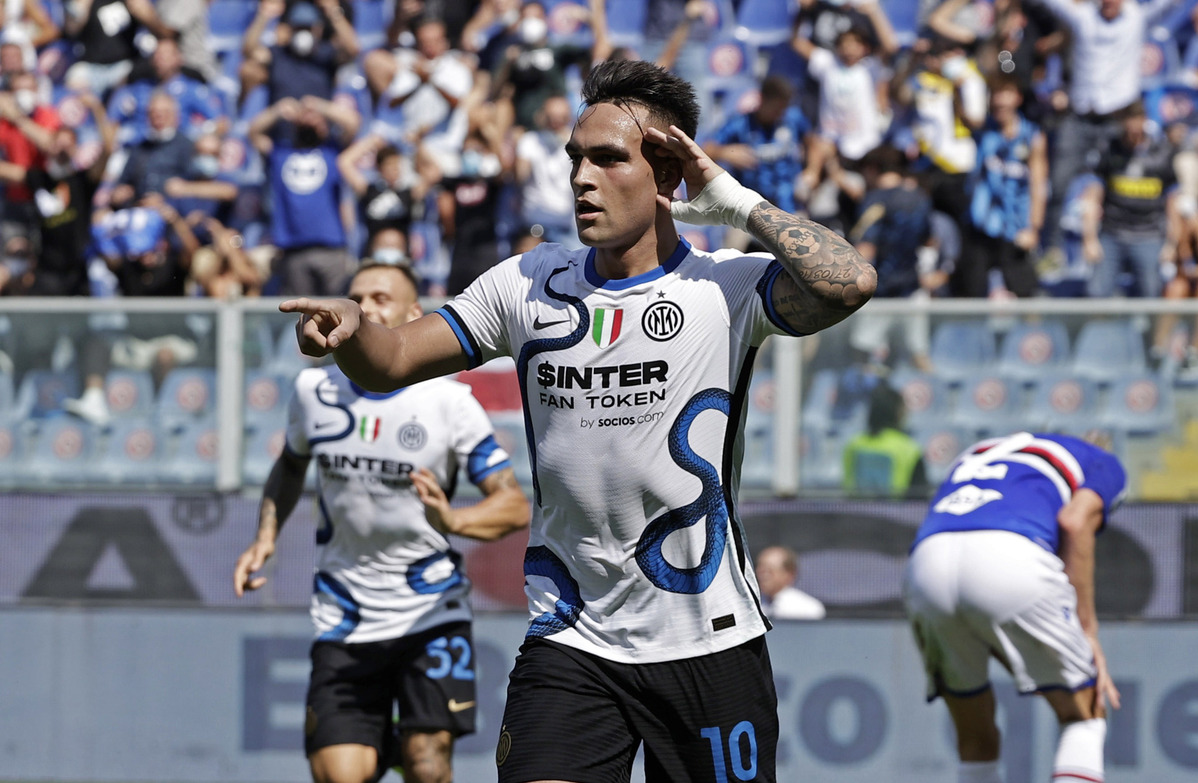
The current Serie A season is unfolding under a cloud of injuries that are reshaping team strategies and potentially influencing the league standings. The impact of key absences is felt deeply across the competition, particularly with teams like Inter Milan and Lazio grappling with significant player losses.
Inter Milan, one of the title contenders, is facing the difficult task of adjusting their tactics due to injuries to crucial players such as Federico Dimarco and Hakan Calhanoglu. As per Betinf, Calhanoglu sustained a thigh contusion during a challenging encounter against Napoli, while Dimarco is dealing with a persistent thigh contracture. These injuries have further complicated Inter's tactical setup, particularly in the wingback roles, where Dimarco's absence creates a notable gap.

Inter's manager, Simone Inzaghi, has been forced to experiment with different formations and personnel to maintain their competitive edge. The absence of such pivotal players not only tests the depth of Inter's squad but also Inzaghi's tactical ingenuity. As the team navigates the season, these injuries could play a decisive role in their pursuit of the Scudetto.
Lazio, another team feeling the strain, is missing Nuno Tavares, who is sidelined due to a significant thigh injury. Tavares's absence is a blow to Lazio's defensive line, impacting their ability to maintain stability at the back. According to reports, Tavares suffered a trauma to the adductor longus of his left thigh during a Europa League match against Real Sociedad, ruling him out for at least three crucial fixtures.
These injuries come at a time when both Inter and Lazio are vying for top positions in the league. The ability of these teams to adapt and overcome these challenges will be critical. As noted by a BBC report, Inter's upcoming clash with Atalanta could be pivotal, and the absence of key players might tip the scales in favor of their opponents.

Injuries have a ripple effect on team strategies. For example, Inter Milan's reliance on Dimarco's pace and Calhanoglu's creativity means that their absence forces Inzaghi to look elsewhere for solutions. This situation underscores the importance of squad depth and the need for tactical flexibility. Inter have already started to integrate younger players and those from the fringes of the squad to compensate, but these changes require time to gel.
Meanwhile, Lazio's manager, Maurizio Sarri, also faces the daunting task of reconfiguring his defensive strategy without Tavares. Sarri's preference for a controlled, possession-based style means that any disruption in the backline can cascade through the team's entire approach. With critical fixtures looming, including a Europa League tie against Braga, Sarri must draw on all his tactical acumen to keep Lazio's campaign on track.
Statistics underline the significance of these absentees. Calhanoglu, for instance, has been a creative force for Inter, contributing to several key goals and assists. His injury disrupts the supply line to Inter's forwards, potentially diminishing their attacking potency. Similarly, Tavares's defensive contributions have been integral to Lazio's solidity, and his absence could see the team concede more goals, affecting their defensive record.
As the season progresses, Serie A teams are increasingly aware that their ability to adapt to injuries could be the difference between success and failure. Managers are tasked with making strategic adjustments, whether through tactical changes or by turning to their benches for inspiration. This season, more than ever, the resilience and adaptability of teams under pressure will likely dictate the narrative of the league.

The pressure is on for teams like Inter and Lazio to not only cope with these challenges but to turn them into opportunities for growth and development. As Serie A continues to unfold, the handling of these injury crises will be watched closely, potentially setting a precedent for future seasons in navigating the unpredictable landscape of football injuries.